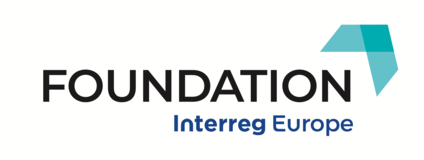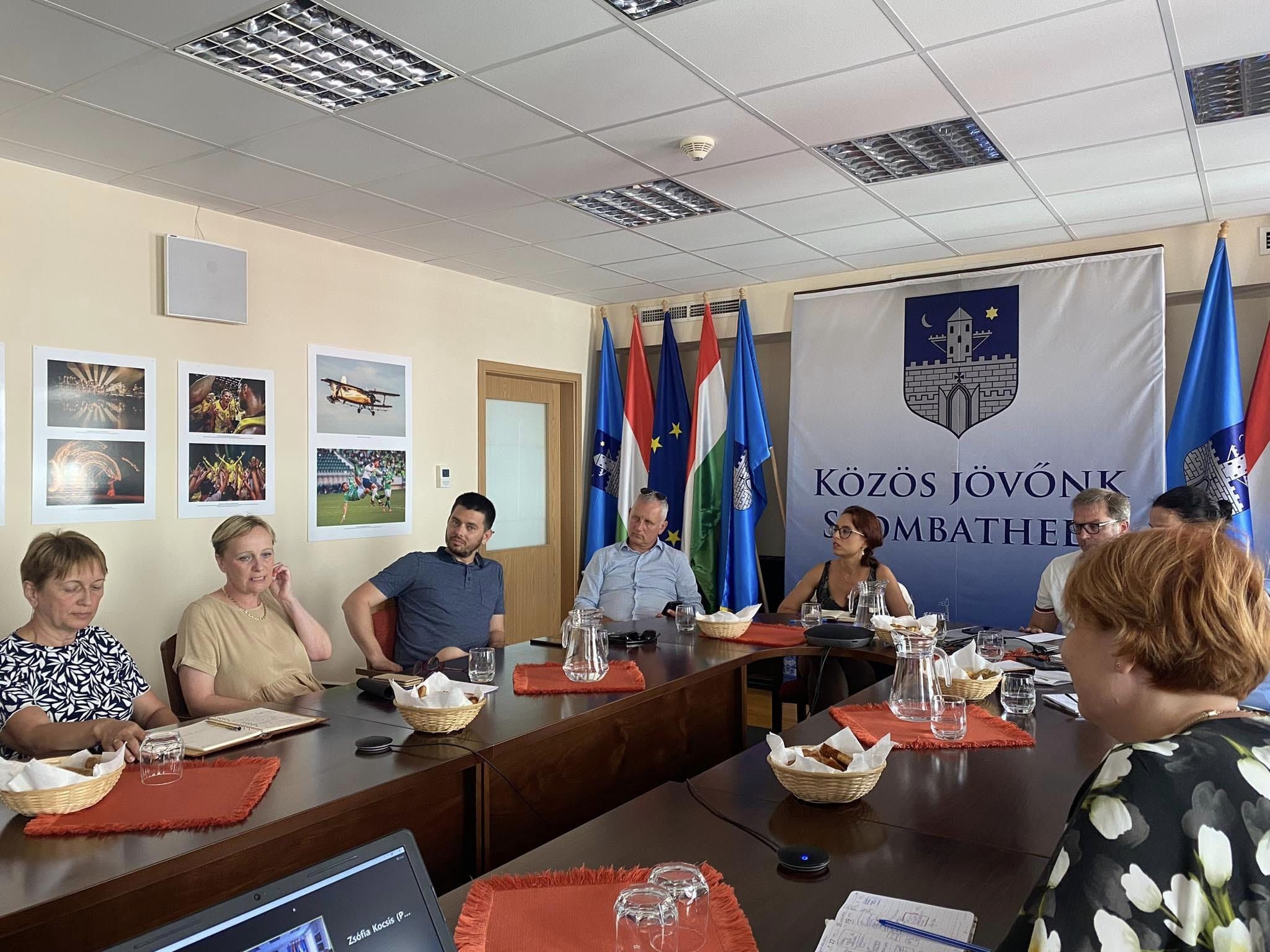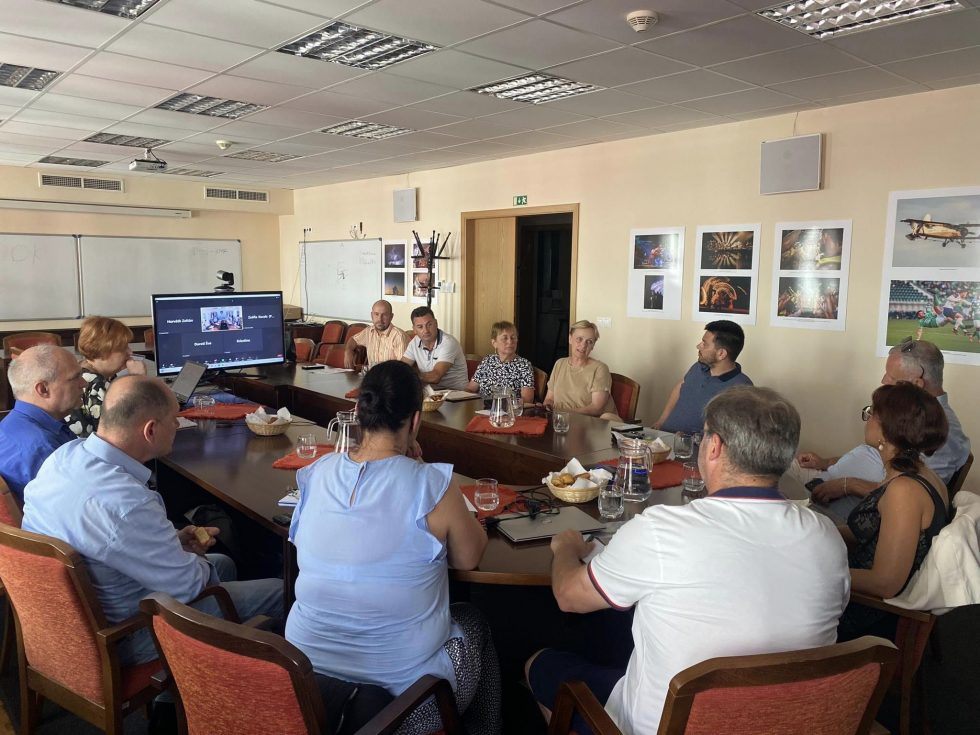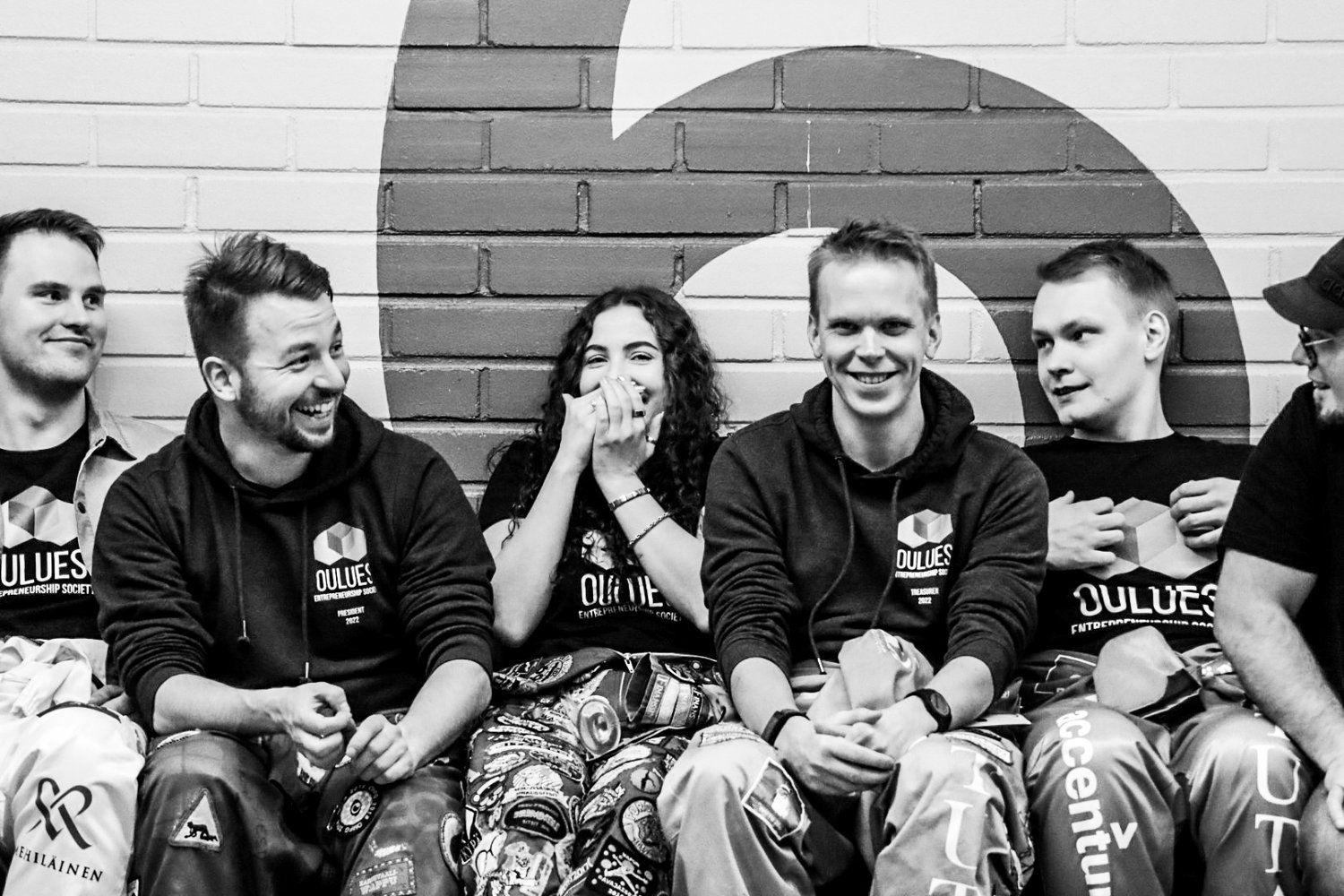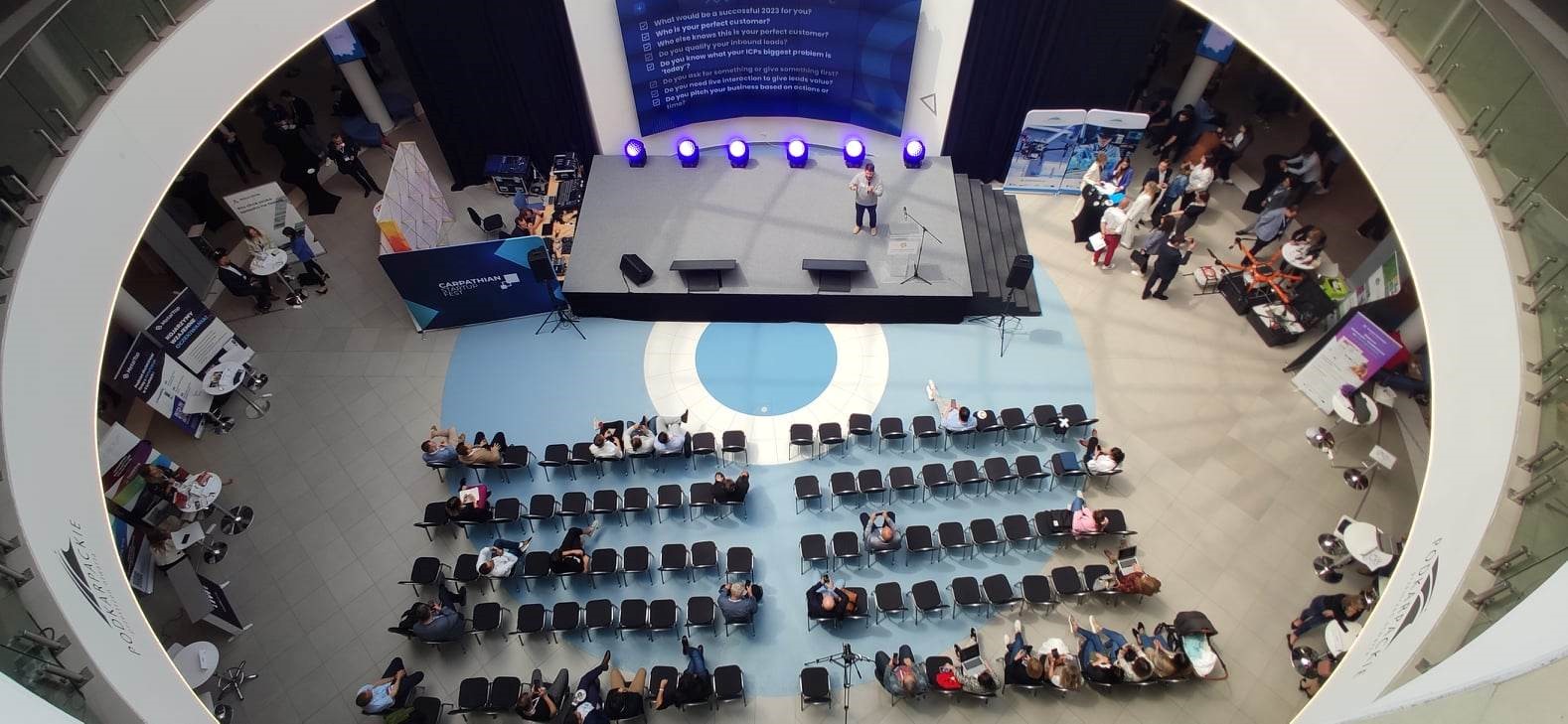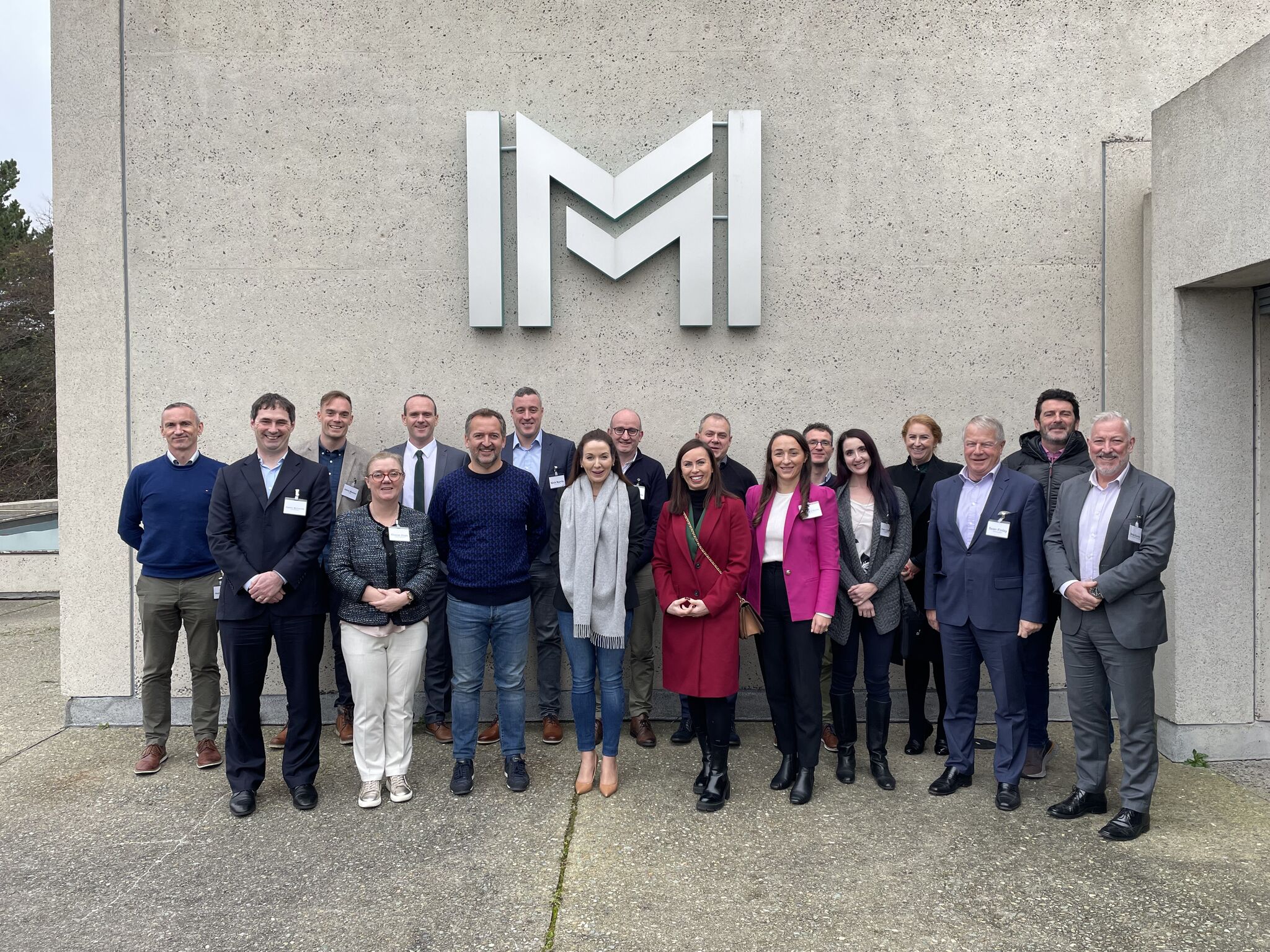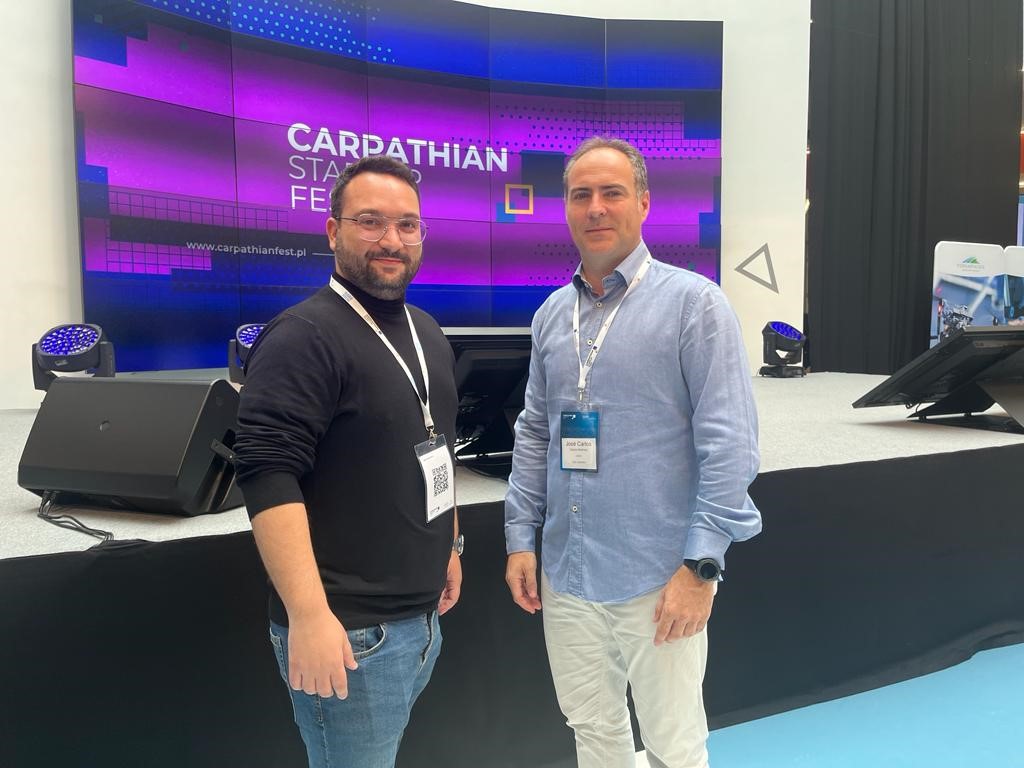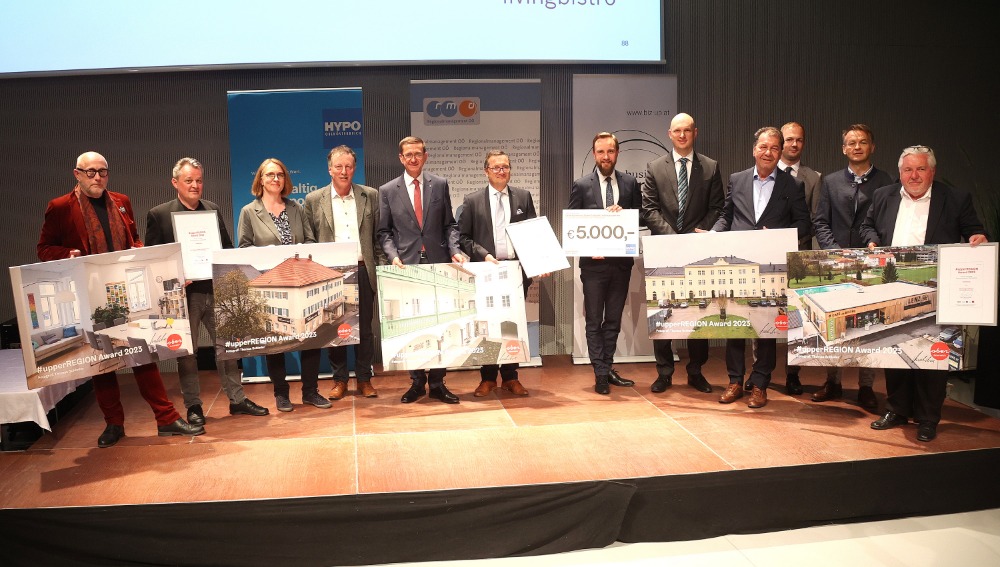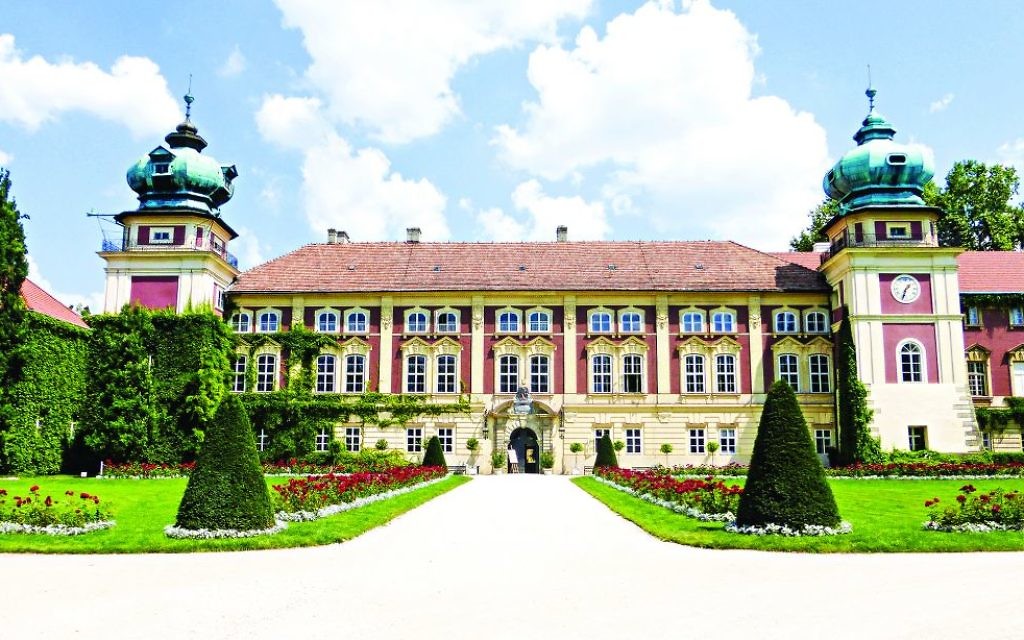The Southern Region covers 29,590 sq. km representing 42.4% of the landmass of the country. The Region’s main urban centres are the cities of Cork, Limerick and Waterford. With an average population density of 48 persons per sq. km it is predominantly a rural region.
Up to the 1980s companies such as Ford, Dunlop and Verolme provided stable, secure and permanent employment. These companies, especially Ford, were the corner stone of the manufacturing industry and a part of the identity of the city.
However, the 1980s were to be a very tough time for the people of Cork. Between the start of 1983 and the end of 1984 Ford, Dunlop and Verolme had all closed their doors. The loss of these firms contributed to a 25% reduction in manufacturing jobs during the early 1980s and a removal of over 5,400 jobs from the Cork economy.

Ford Factory, Co. Cork, 1930
In order to emerge from this recession some forward thinking and strategic planning was required. The turnaround was as a result of the planning by a number of government organisations such as the IDA (Industrial Development Authority) and the support of local stakeholders like Cork Institute of Technology and University College Cork. The focus changed with a move away from the traditional manufacturing market and a restructuring towards modern technologies. The economic restructuring resulted in the emergence of two big sectors in Cork.
The first of these is the technology sector. The first step towards Cork becoming a technology hub was in October 1980 when the IDA successfully enticed Apple to base its European headquarters in Cork. There were several different elements that differentiated Cork from the other locations being considered, these included capital grants, training grants and a favourable taxation system. Additionally, Cork had an English speaking, young and well-educated workforce and a factory that was ready for occupation located on the North side of the city. The readymade factory was a crucial element as Apple could not afford to lose time on the construction of a new facility. Apple now employs over 5,000 people at its Cork facility.

Steve Jobs visits Apple’s new facility in Cork, October 1980
Since Apple first opened its doors in Cork, many more tech companies have followed. Dell EMC opened its Cork base in 1988 and currently employs around 2,500 in the city. Additionally, Cork has also become the base for IT firms such as Amazon, IBM, McAfee, SolarWinds, Siemens and many more, which has really solidified its reputation as an attractive location for technology firms looking to gain access to the European market.
In addition to the targeting of technology firms, the IDA targeted the pharmaceutical sector. The first of the companies attracted to Cork was Pfizer which opened it’s first plant in 1969 with an initial €10 million investment, supported with the opening of a second plant in Cork almost ten years later in 1978.
These investments came at a time when Cork was on the verge of chaos and enabled other major pharmaceutical firms to recognise Cork as a location with many advantages including a skilled workforce, a gateway to Europe and a low level of corporation tax. Pfizer now employs over 3,400 people in Ireland and is worth €2 billion annually to the national economy. In addition to Pfizer, Cork is also now home to many of the world’s top pharmaceutical firms including Novartis, Merck, GlaxoSmithKline, Johnson & Johnson, AbbVie, Gilead, Stryker, Eli Lilly and BioMarin.
In both sectors the support of CIT and UCC was essential for attraction of the multinational companies. The founding of CIT (then RTC) took place in 1974 in response to reports issued on industrialisation and the recognition of the need for technical education. In 1979 the head of the RTC liaised with Apple, via IDA Ireland, in relation to the courses that were on offer and many of the engineers that emerged were a key component of Apple’s Cork workforce. The same can be said for when EMC were trying to decide where they would open their European base. The CEO of Dell EMC at the time said that the decision was made as a result of the willingness of RTC to adapt its courses to suit their requirements. Whilst the RTC has changed name to CIT and more recently to Munster Technological University (MTU) from 1/01/21, both MTU and UCC have continued to work closely with local large firms in terms of the development of course content and a focus on industry ready employees or the training, retraining and upskilling of the workforce.
Cork has some natural advantages due to geographical and historical reasons (location in Europe and the English language) but the success of the local economy in transitioning from manufacturing to high-tech sectors highlights the importance of adaptability, stake-holder engagement and education in building economic resilience.
Regional Analysis for the Southern Region can be accessed through this link https://www.interregeurope.eu/foundation/library/
